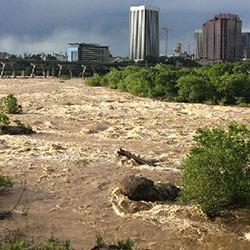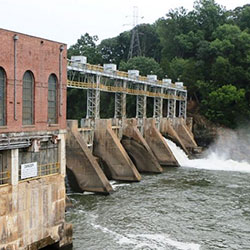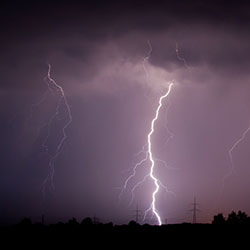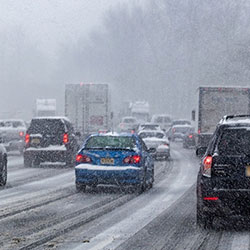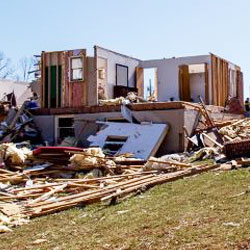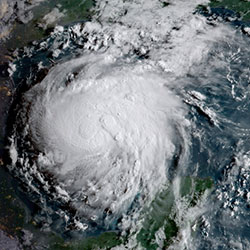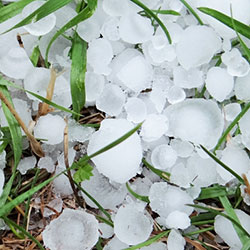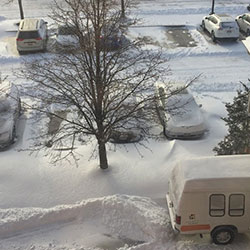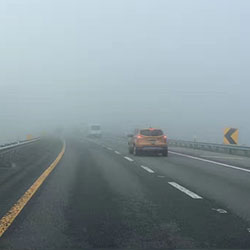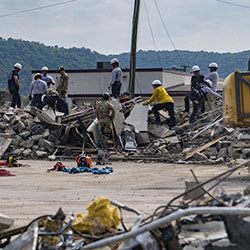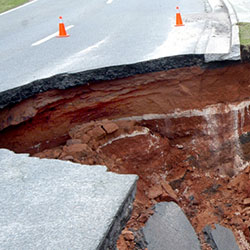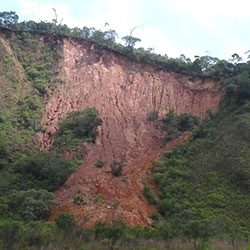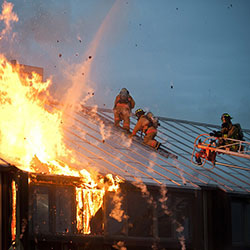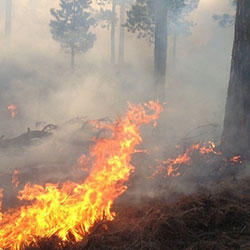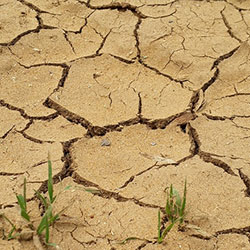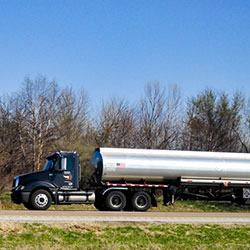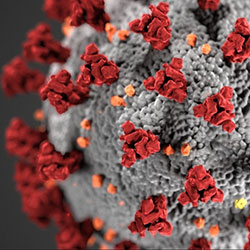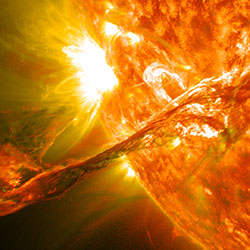Hazards
Types of Hazards
All jurisdictions in the CVPDC area are vulnerable to a wide range of natural, technological, and man-made hazards that threaten the safety of residents, and have the potential to damage or destroy both public and private property, cause environmental degradation, or disrupt the local economy and overall quality of life. While many disasters are possible for any given area in the United States, the most likely hazards to potentially affect the communities in the CVPDC area generally include the hazards in the 2020 plan update shown below.List of Hazards
Hazards Inter-relationship
Preparing for and responding to hazard events could be improved by integrating information on hazard interactions and cascading effects. In this plan update, the plan management team explored various concurrent and causal interrelations between hazards in the CVPDC area, and developed weighted network diagrams to depict relationships between hazards and their impacts on people, built environment, and infrastructure. In the network diagram, natural and man-made hazards are represented by nodes that are connected by edges. The edges represent two types of primary relations between hazards: causal and concurrent. A causal relation is one where one hazard is a prerequisite for a correlated hazard. A concurrent relation means hazards that are probable to occur at the same time due to common root causes.
Click a hazard node on the diagram to show its related hazards.
CVPDC HMP 2020

